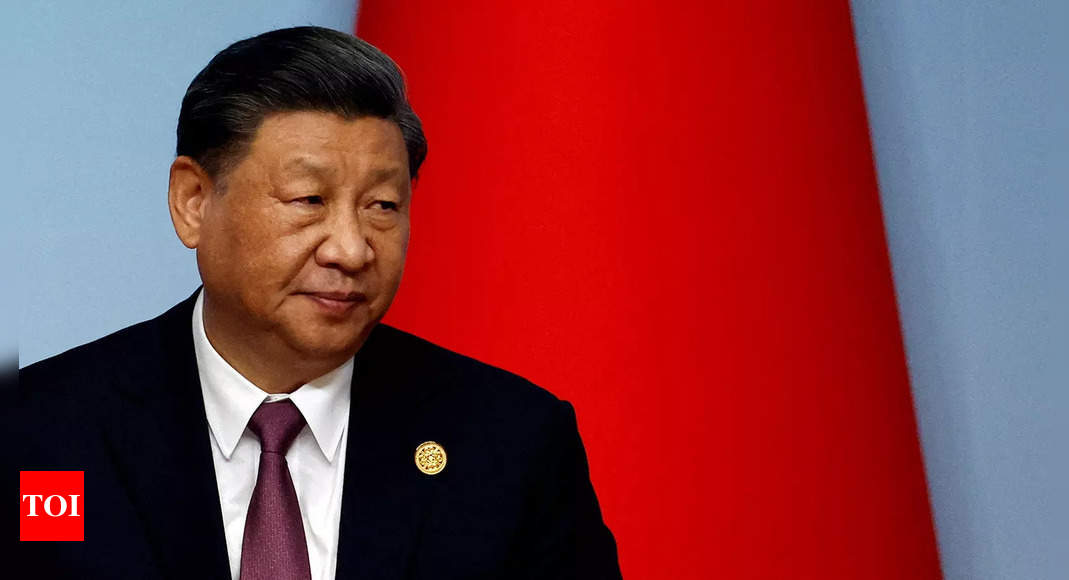India-Middle East-Europe Economic Corridor, announced at G20, gives New Delhi new purchase in West Asia. But a lot will depend on delivery, and India’s economic performance
The spectacular G20 summit in New Delhi could be termed as India’s coming out party. Not dissimilar to the 2008 Summer Olympics in Beijing, which was widely seen as China’s grand message of “arrival”. Curiously, in many aspects of national power, China 2008 and India 2023 have several analogues – not least in aggregate GDP measures, where China 2007 and India 2022 are at very similar levels! Perhaps not entirely coincidentally, the biggest brass-tacks outcome of G20 was the India-Middle East-Europe Economic Corridor (IMEE-EC). A multi-modal connectivity initiative to link India with Europe via ports and rail corridors built in the Middle East (ME). It will, in theory, provide an alternative to the current trade connectivity through the Suez Canal. In conception and design, it looks to be an alternative to China’s ambitious BRI. An Indian
BRI
(Boats and Rail Initiative) to challenge China’s BRI? Sounds compelling beyond the wordplay, especially as China’s BRI runs into rough weather, including in the Indian subcontinent, primarily on financial sustainability issues.



I’m pretty sure it’s the latter: the corridor makes a lot of sense, but not for the reasons people are touting. It’s not really connecting India to Europe so much as it is connecting India to the Middle East and Europe to the Middle East. It’s getting past some of the key challenges of moving goods to and within the Arabian Peninsula, but connecting India to Europe through it would be silly given that the Suez already exists.
AFAIK it’s mostly been the US/EU that’s been pushing the narrative that the corridor will connect India to Europe… obviously, given geopolitical tensions with China. Meanwhile, global shopping organizations and shipping analysts treat it as niche product for Europe-India trade.
I wouldn’t say it’s blowing air so much as it is a method of getting Western funding - you say the words “compete with China” and suddenly the US and EU are willing to throw billions of dollars at you.
Edit: It might be beneficial specifically for perishables because I’m sure you could do some smart container placement and logistical management (using smaller container ships, unloading perishables first), but that’s a rather niche market because the two ocean freight legs aren’t exactly short… so the items have to be perishable, but not too perishable, and not valuable enough for air freight.
Yeah, when I said blowing smoke I should have said creating a buzz so that they could get investing.
It’ll just be a good way to get India improving trade in general and they can figure out what to do with the corridor how they want to do it after they get it funded and built.
I was also wondering about perishable goods while we were talking about the shipping route itself, wondering if transporting perishables would make a difference in the utility of the corridor, but can’t see that it would given the amount of countries that would make sense to transport perishables to given the time it would take to transport them.
It’ll definitely be interesting to see if they actually get the corridor functioning. Good luck, India.